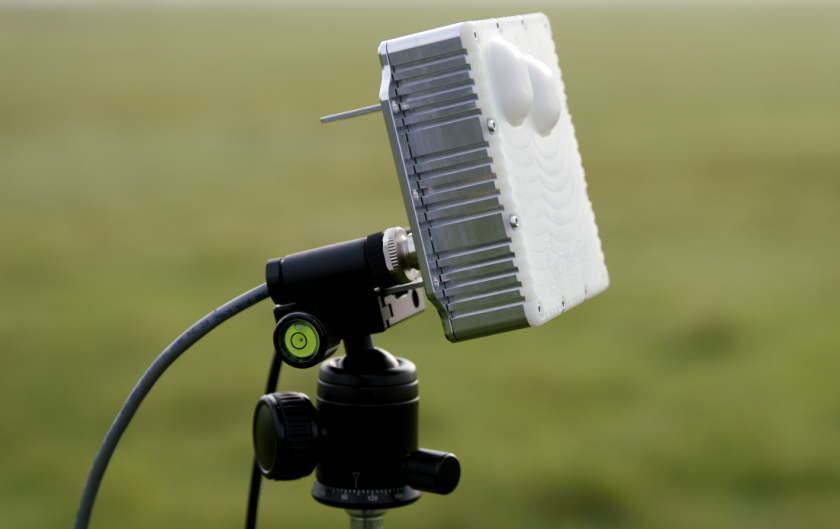Cambridge Sensoriis has developed an obstacle detect-and-avoid system that supports beyond visual line of sight (BVLOS) operations.
Weighing less than 500 grams, RadarAware™ has no moving parts, features fully electronic beam steer antenna arrays, and is designed to meet the low SWaP requirements of civil uncrewed aerial systems (UAS). The system collects and collates comprehensive data for parameters including range, elevation, bearing, relative velocity, and features an inbuilt tracker. It can be integrated with host flight controllers via its API, enabling quick deployment across various UAS platforms.
Suitable for a range of applications, including Detect-and-Avoid (DAA) and airspace management in vertiports, or interceptor missions, RadarAware is the first in a series of additional devices Sensoriis is planning to launch this year with increasing detection ranges up to 2,500 metres.
Sensoriis’ has also extended the capabilities of its proprietary Active Radar Cooperating (ARC™) system. Using direct radar range measurements between multiple ground and airborne radar devices, the system is suitable for UAS operations in challenging environments, including adverse weather, poor visibility, low light conditions and GNSS-denied scenarios.
The latest iteration of ARC supports radar-based ‘tethering’ that allows UAS to autonomously track and follow moving vehicles without needing satellite navigation. By utilising localisation data from ARC’s standalone radars, UAS can maintain a fixed position and altitude directly above a moving vehicle or platform.
The extended suite of ARC features and the new RadarAware system are set to be unveiled at Xponential Europe, taking place from February 18-20 in Düsseldorf.
For more information
Image: RadarAware on tripod (Cambridge Sensoriis)




